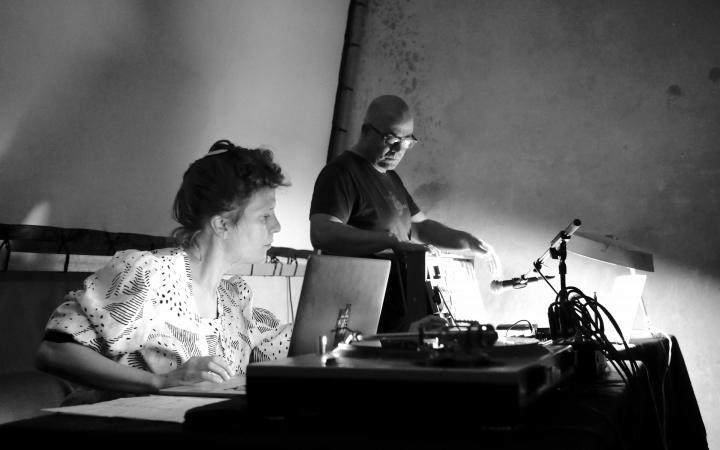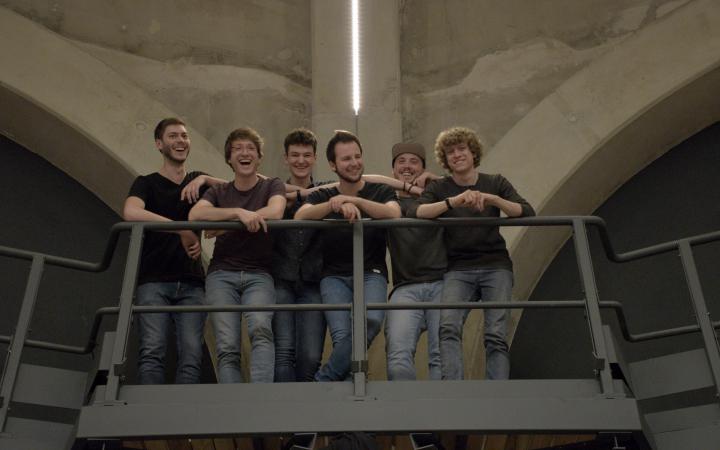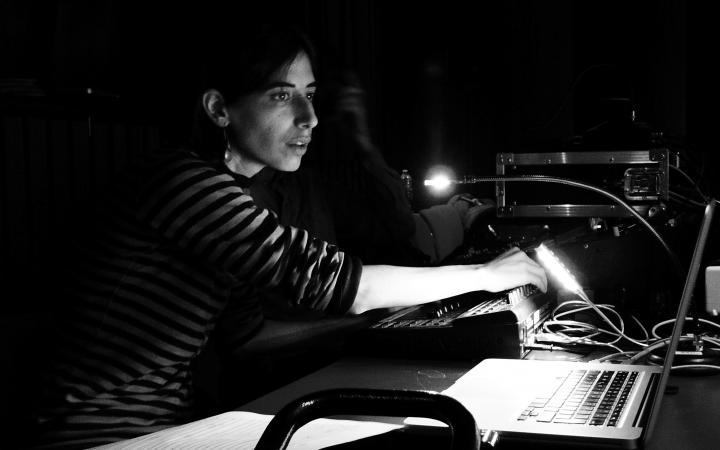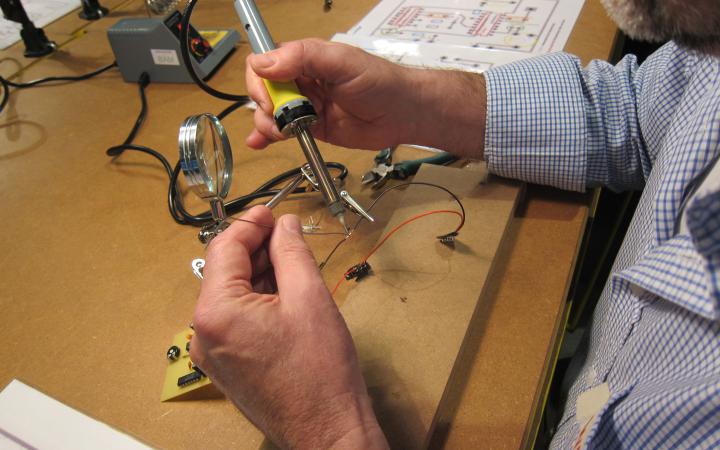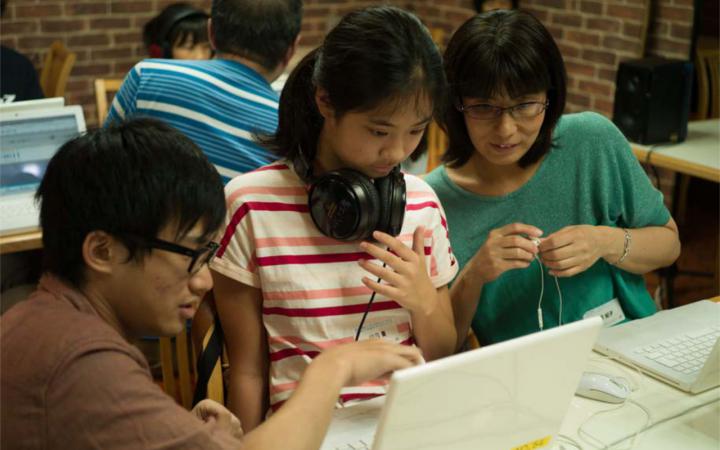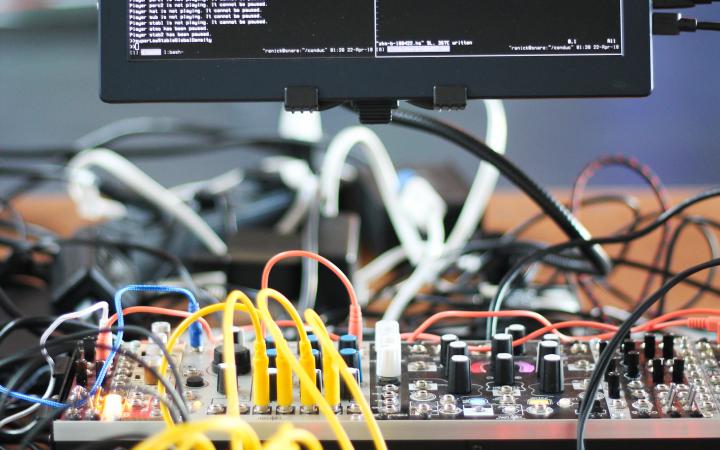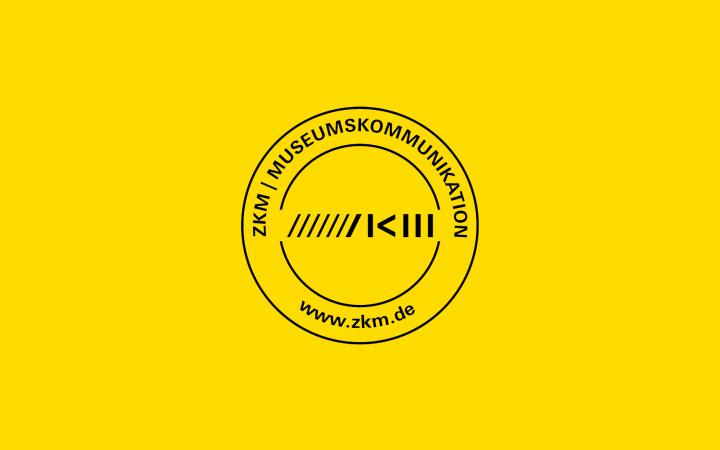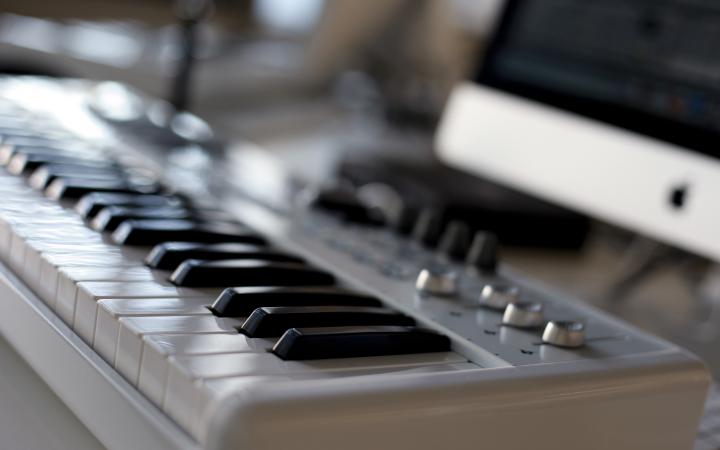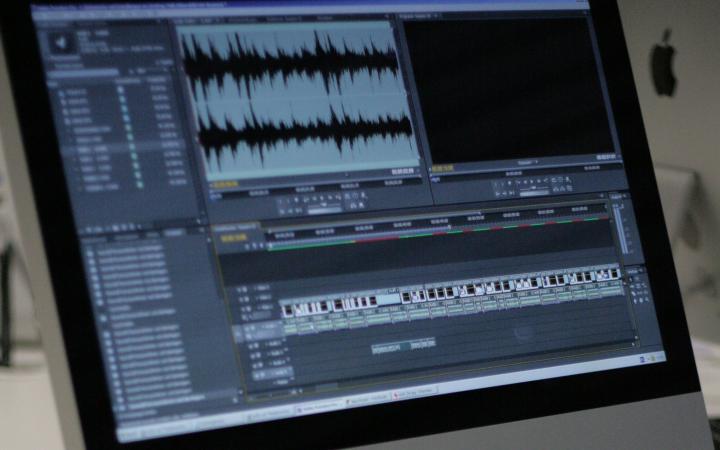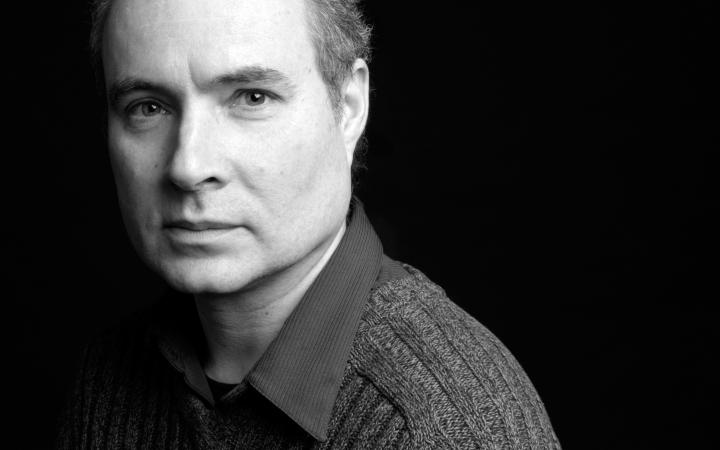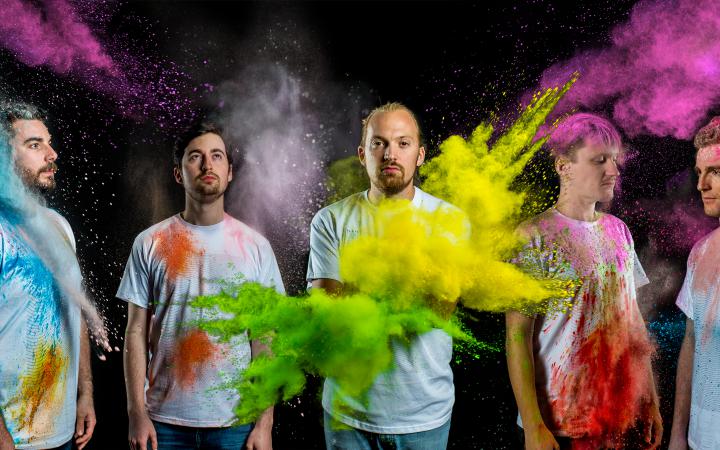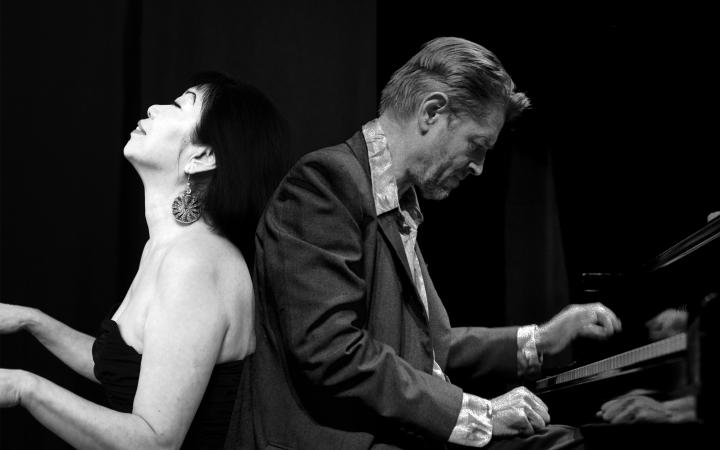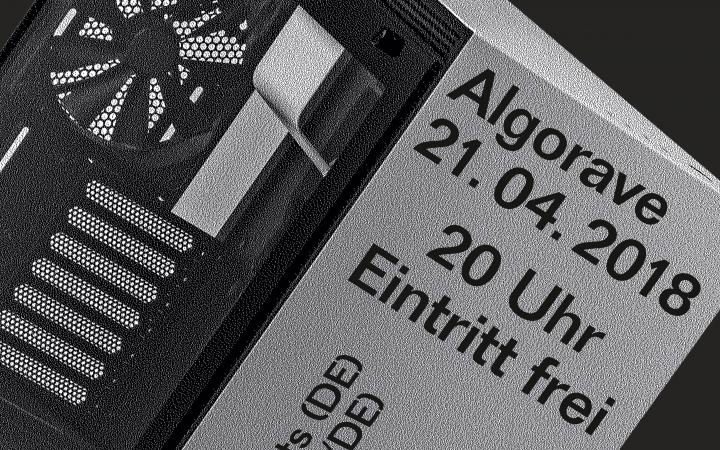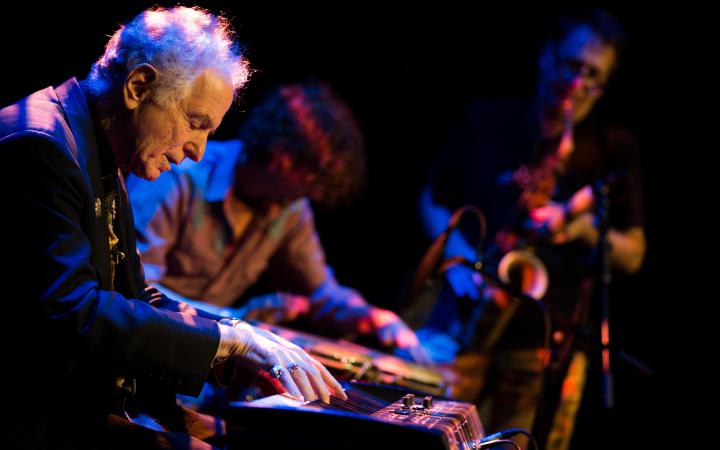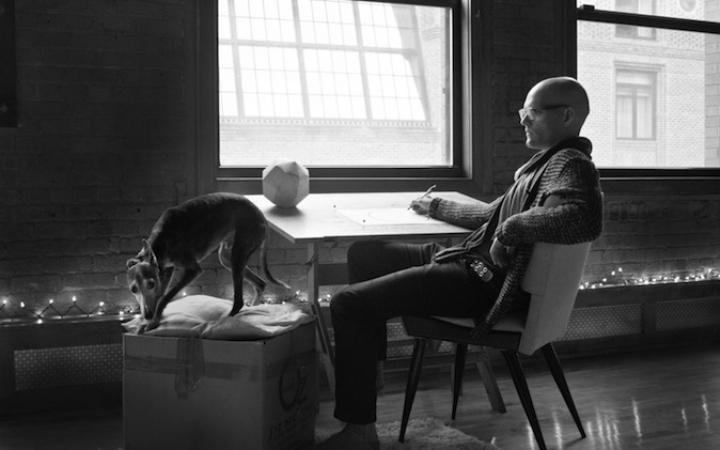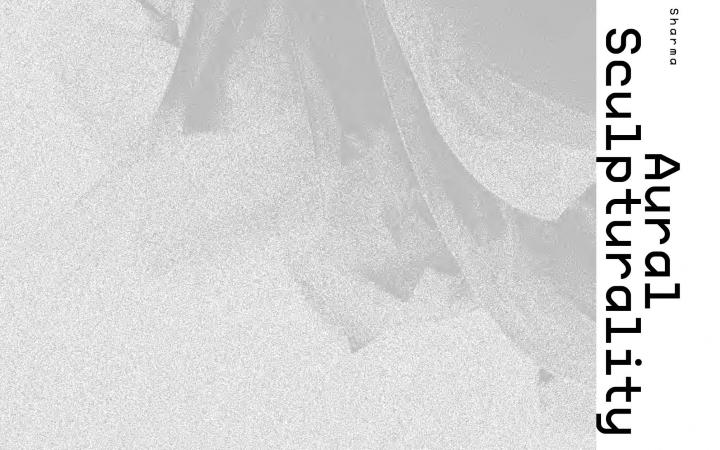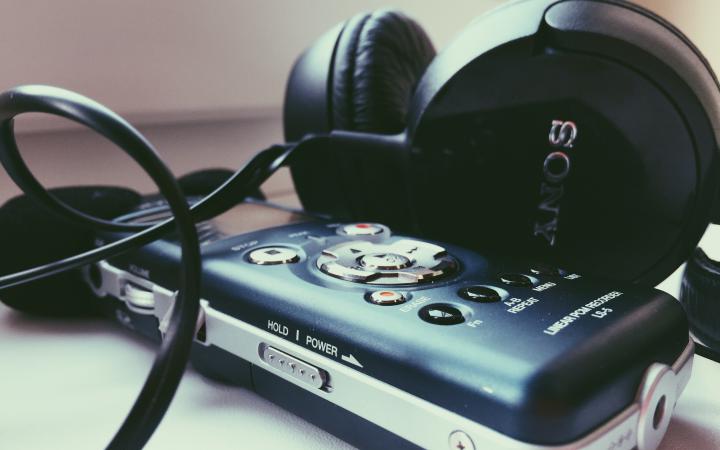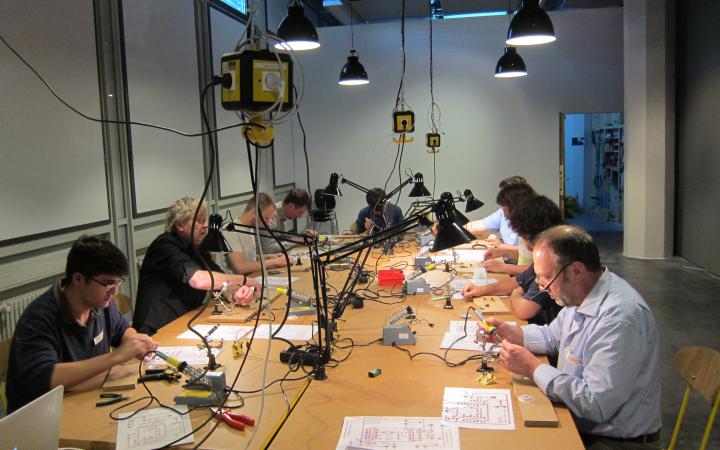Musik / Musiktheater / Sound Art
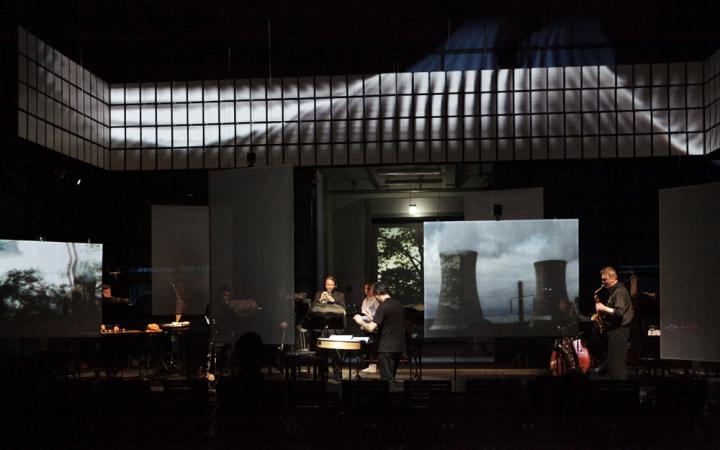
Following technological innovations in music in the 1930s, the worlds of tonal experience developed rapidly. With the use of the computer for calculating sounds since the 1960s, the themes of simulation and digital sound synthesis became prevalent. The use of technology also had implications for the articulation of the genre.
In sound installations and technologically motivated music theater, ideas of work, form, and material began changing. Operas with a random form newly calculated for each performance were produced, as were works without any specific substance, without beginning or end, and with generative algorithms that produced a constant flow of new sound constellations.
Since the turn of the century, music has undergone an accelerated transformation of interfaces. Gaining in importance is not the sound itself, but the manner in which it is created, or how it is presented to an audience. These interfaces not only constitute the bridge between analog and digital worlds, but in most cases, also between concrete and abstract worlds. New technical means, such as printable circuits or programmable interactive touchscreens, constantly open up new methodological possibilities for integrating sound.
In addition, new technological possibilities for the control of sound-space projections began emerging. Meanwhile, there are several permanently installed sound-projection spaces with fifty or more loudspeakers. Whereas the innovative systems of 1958 and 1970 were only in use for a few months, contemporary systems have now become established as an integral component of the third millennium’s concert culture.
Today, the use of sound is not solely the preserve of composers with musical training. Also artists from other branches make use of acoustic means; the present-day museum is full of sounds and awaits new input from visitors. Sound installations have been accepted in the museum, and have thus been integrated into the art market.
At the same time as contemporary music theater moves away from opera houses and into alternative venues, for electronic music, alternative possibilities for coming into contact with audiences have also emerged. Archives and experimental methods of interacting with archives bring the works into the museum
Transitions between formerly fixed genres are also developing. Narrative musical theater makes use of other, not necessarily evening-filling narrative forms; it leaves the stage, and actors are made virtual on the spot. Experimental electronic music has developed variants that are presented in clubs and include even danceable works. At the same time, it has decoupled from classical instruments and, conditioned by the frequent personal union of composer and instrumentalist, has created its own, aesthetically self-reliant style, no longer dependent on contracts from broadcasting stations and classical festivals.
Author: Ludger Brümmer

